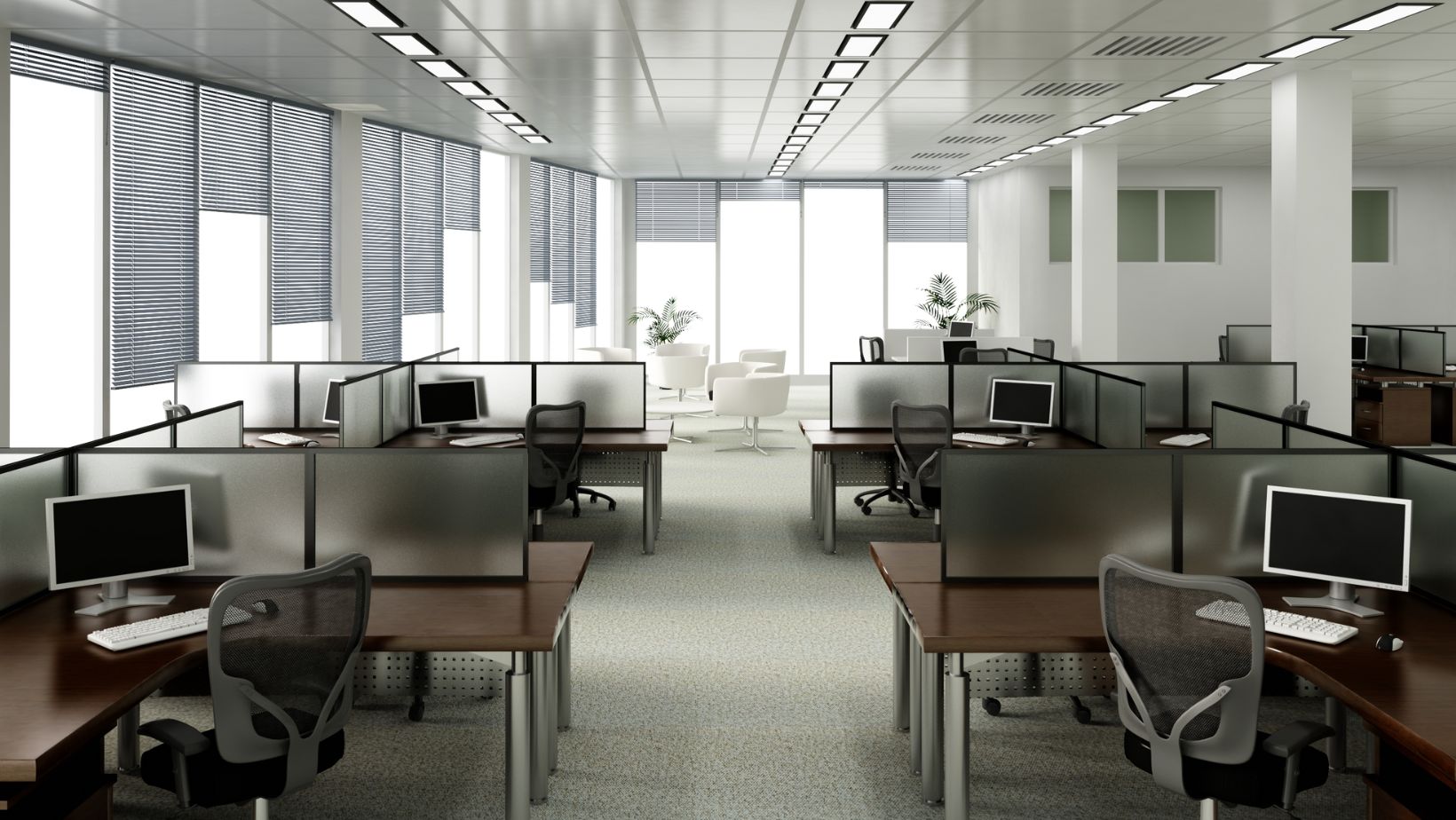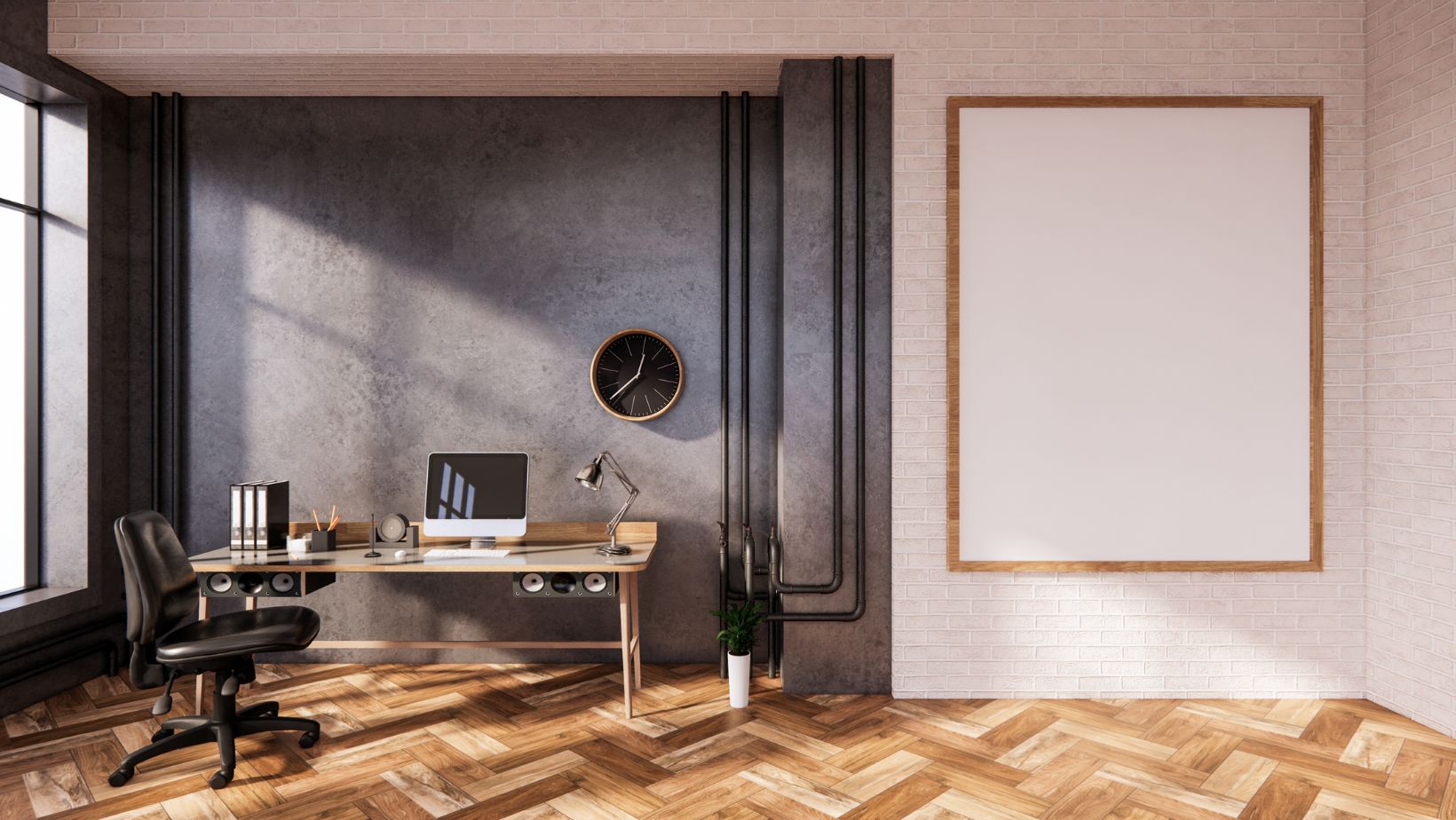Creating an efficient and productive office environment requires careful consideration of smart investments that reduce costs and improve employee performance.
Research shows that personnel costs are significantly higher than housing costs. This makes investing in the quality of the working environment one of the most effective ways to combat performance loss. Factors like reluctance to work, fatigue, and sickness can collectively impact productivity, even if the effects on each individual are minimal.
In this article, we will explore various money-savvy office investments that can enhance efficiency, boost employee satisfaction, and provide long-term returns.
Ergonomic Furniture: A Smart Investment
According to OSHA, MSDs or work-related musculoskeletal disorders are among the most common causes of lost work time. Poor posture, repetitive motions, and inadequate lighting can lead to a host of health issues, including:
- Vision problems: Eye strain, headaches, and blurred vision can result from excessive screen time and poor lighting conditions.
- Back and neck pain: Prolonged sitting in poorly designed chairs can cause significant discomfort and pain in the back and neck.
- Wrist, hand, and shoulder pain: Repetitive motions, such as typing and mouse use, can lead to conditions like carpal tunnel syndrome.
Investing in ergonomic furniture can help reduce these risks and build a healthier, more productive work environment. When employees are happy and healthy, they tend to be more engaged, focused, and productive, which results in greater job satisfaction and lower healthcare expenses.
What is the Demand for Ergonomic Furniture?
The demand for ergonomic furniture is rising due to increased time spent on computers, both at home and in offices. Ergonomic chairs, computer accessories, and home products are gaining popularity. North America leads the market, while the e-commerce segment is experiencing the highest CAGR from 2022 to 2031, driving growth.
Advanced Communication Tools
Effective communication guarantees that teams stay aligned, tasks are finished punctually, and projects progress seamlessly. According to Forbes, the pandemic accelerated the adoption of task and project management software. With the rise of AI, remote teams can now streamline workflows and handle follow-ups without human input.
Unified communication and collaboration platforms have revolutionized the way teams interact. These tools integrate messaging, file sharing, video calls, and project management into a single hub, reducing context-switching and information silos. With AI enhancements, Zoom now offers automatic meeting summaries and transcripts, maximizing the value of virtual meetings.
Cloud-based document collaboration tools allow real-time co-authoring, streamlining document editing and review across teams. Project management platforms such as Trello, Asana, and Jira offer visibility into project timelines, ensuring accountability. The implementation of an automated employee scheduling tool can also help organizations manage shifts and availability more effectively, ensuring that teams are always adequately staffed
AI-powered transcription tools like Otter.ai can automatically summarize meetings, reducing miscommunication and increasing accountability. Together, these tools provide a comprehensive solution for improving communication, collaboration, and productivity within organizations.
What Should You Consider When Choosing a Communication Tool?
When selecting a communication tool, take into account factors like user-friendliness, compatibility with current systems, and scalability.

Ensure it aligns with your team’s needs, offers seamless communication channels (chat, video, file sharing), and can adapt to your organization’s remote work needs.
Visitor Management Solutions
In an era where security is paramount, implementing a visitor management solution (VMS) is essential for offices that regularly host guests. A robust VMS streamlines the check-in process while enhancing security protocols.
Greetly notes that these systems often include features such as:
- Digital check-in: Visitors can quickly check in using a touchscreen kiosk or mobile device, reducing manual paperwork.
- Visitor badges: Customizable visitor badges can be printed on-site to identify visitors and the purpose of their visit.
- Real-time visitor tracking: The system can track visitor movements within the building, ensuring their safety and security.
- Emergency notifications: In case of emergencies, the system can quickly notify all visitors and staff, facilitating efficient evacuation.
By streamlining the visitor process, you can create a positive first impression on clients and partners while also improving the security of your workplace.
Advanced Meeting Room Technology
Equipping meeting rooms with advanced technology is essential for enhancing collaboration and productivity in today’s hybrid work environment. High-quality video conferencing systems, smart boards, and wireless presentation capabilities are crucial investments that can streamline decision-making processes.
According to UC Today, artificial intelligence (AI) has been playing a vital role in the evolution of hybrid meeting rooms. Companies are now offering intelligent solutions such as AI cameras and speakers that automatically track participants during discussions. This affirms that remote joiners feel included and engaged.
AI-powered assistants like Microsoft Copilot can further enhance meeting efficiency by creating agendas, summarizing conversations, and assigning action items. This integration of AI tools boosts productivity and promotes inclusivity during meetings.
What Are Tech-Enabled Meeting Spaces?
Tech-enabled meeting spaces are rooms equipped with advanced technology. They include video conferencing systems, smart boards, wireless presentation tools, and real-time collaboration platforms.

These technologies enhance communication and improve collaboration, enabling efficient remote or hybrid meetings while reducing travel and improving productivity.
Energy-Efficient Lighting and HVAC Systems
Investing in energy-efficient lighting and HVAC systems is essential for creating a sustainable and cost-effective workplace. By transitioning to LED lighting, companies can greatly decrease energy usage and reduce their utility expenses.
Additionally, smart lighting systems, which adjust to time, occupancy, and natural light, are revolutionizing indoor environments. This enhances well-being and reduces energy consumption.
Human-centric lighting (HCL) systems, for example, can mimic natural daylight patterns. This helps reduce eye strain, improve cognitive function, and alleviate the effects of seasonal affective disorder.
Similarly, energy-efficient HVAC systems can optimize temperature and humidity levels to create comfortable and productive workspaces.
Investing wisely in your office environment is essential for increasing efficiency and maximizing ROI. From ergonomic furniture that enhances comfort to advanced communication tools that streamline collaboration, each investment contributes to overall productivity.
Implementing visitor management solutions enhances security and improves the guest experience—an essential aspect of any successful business. Businesses can build a vibrant workplace that encourages innovation, collaboration, and growth by giving priority to these cost-effective office improvements.
